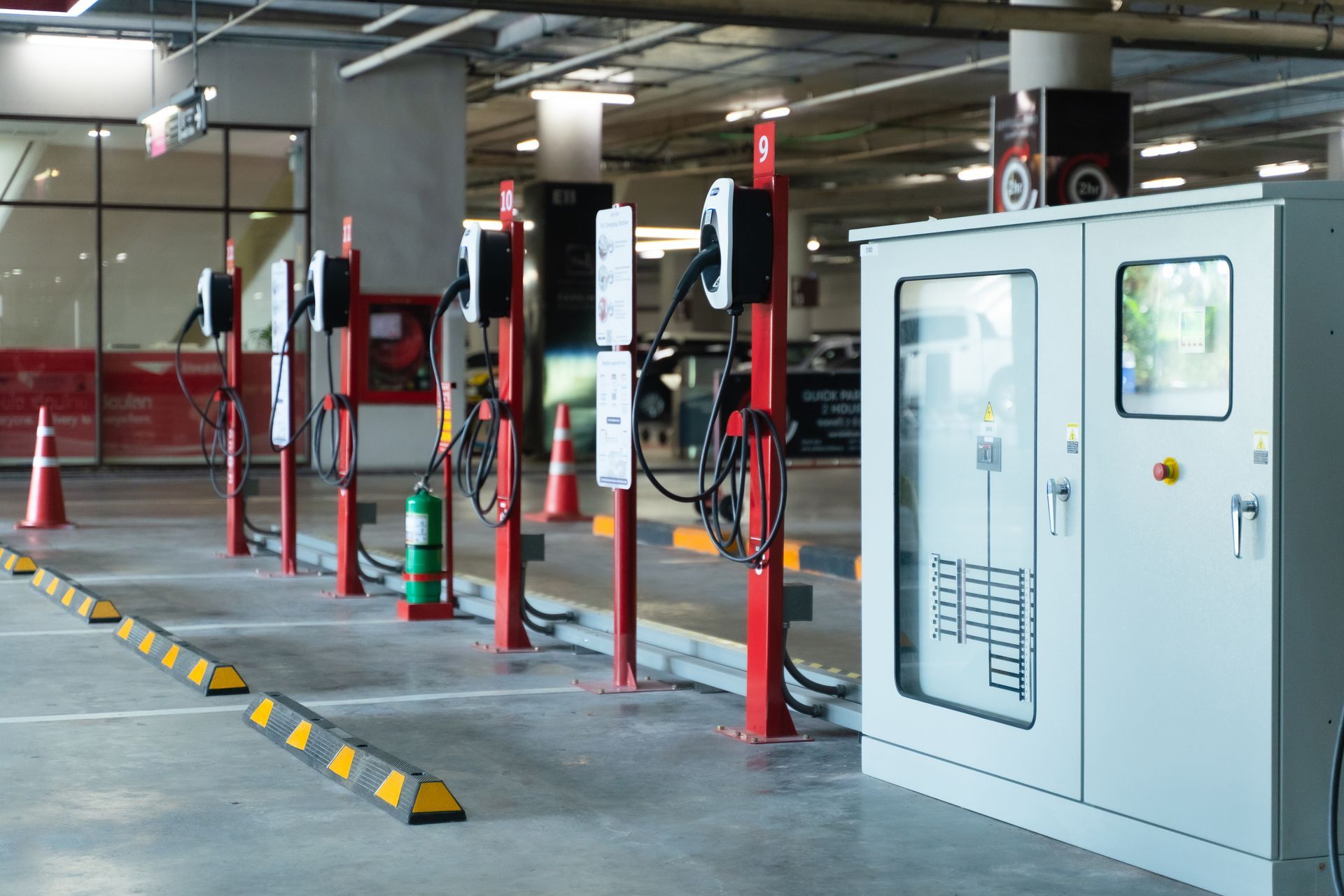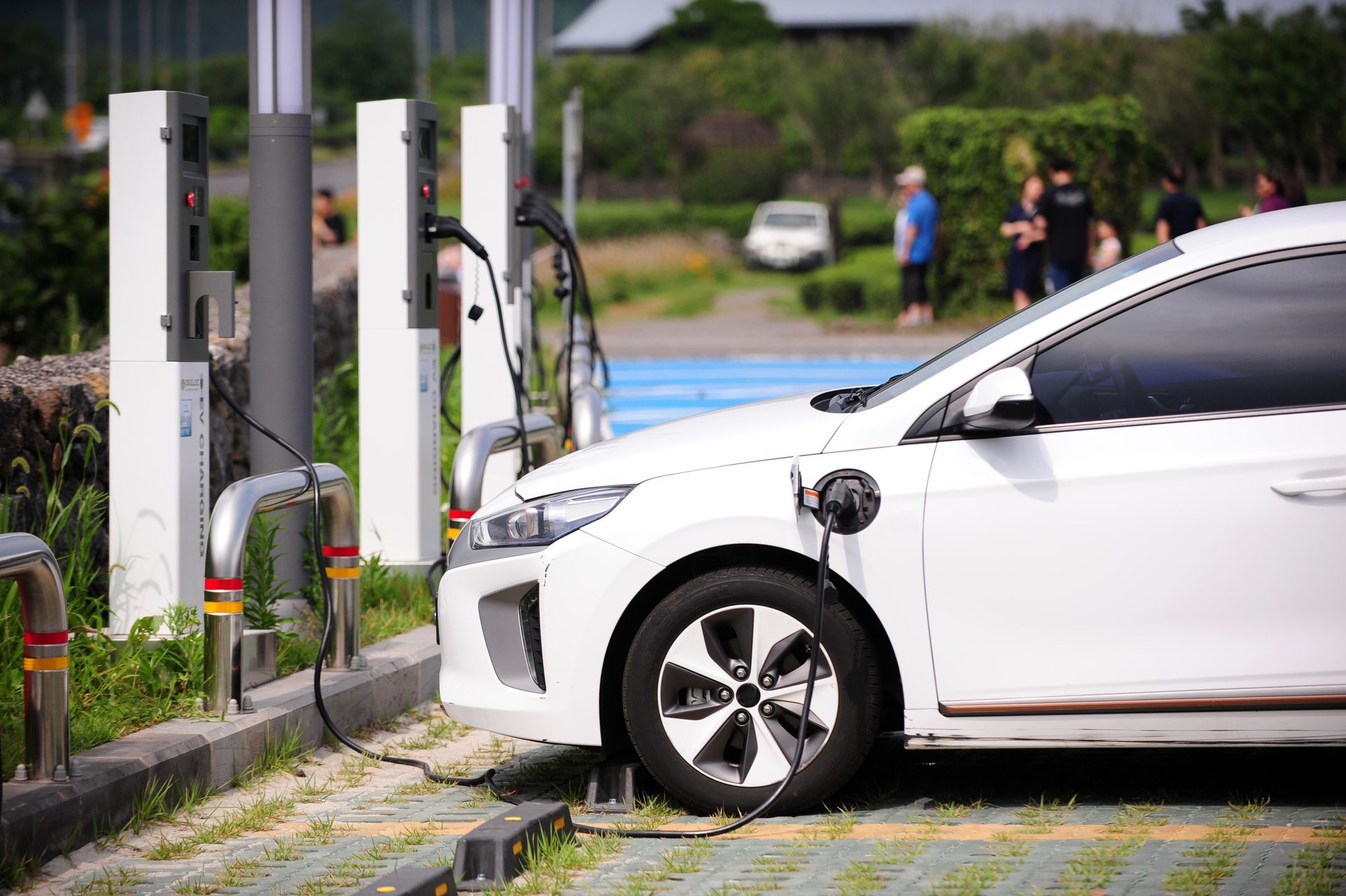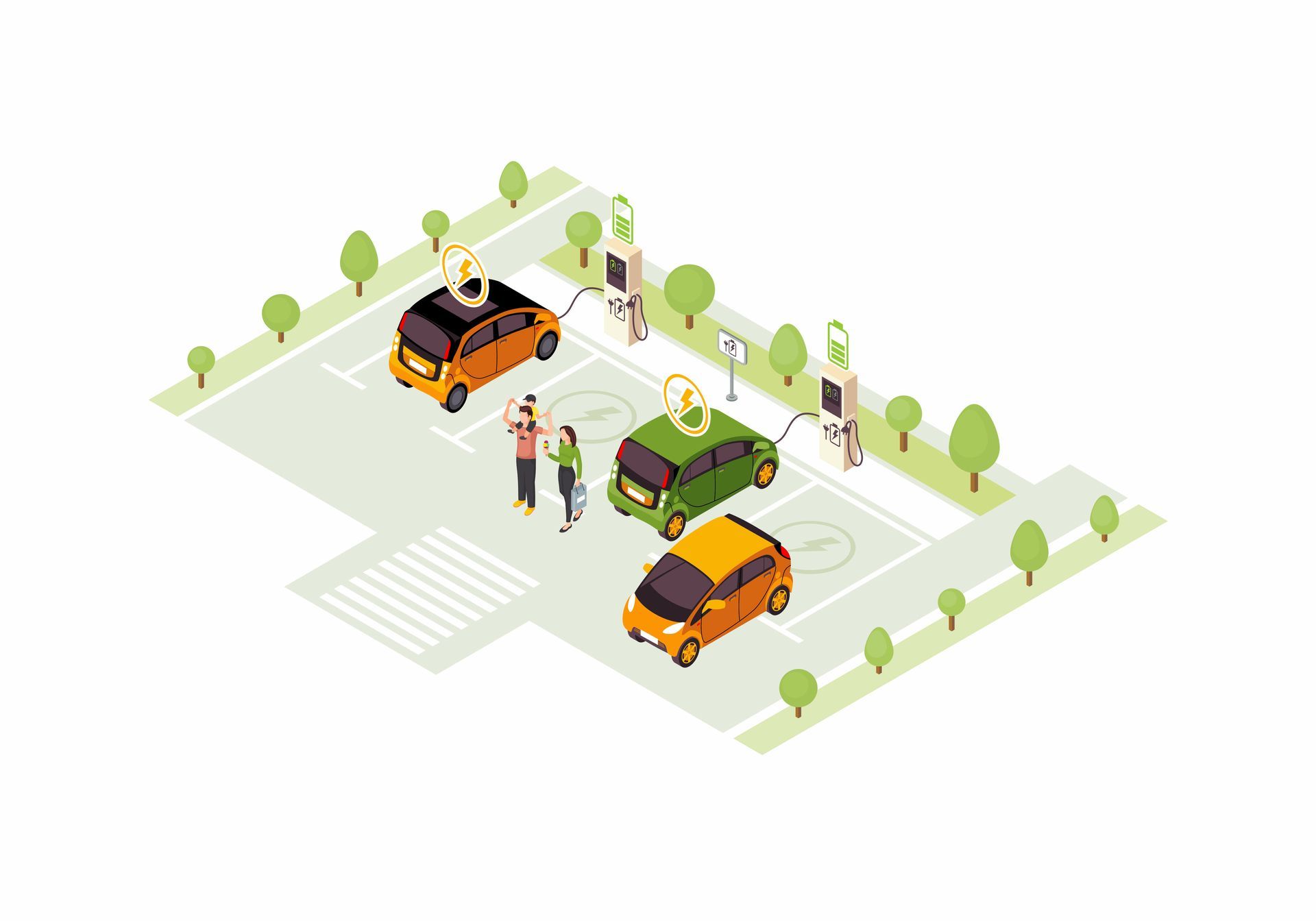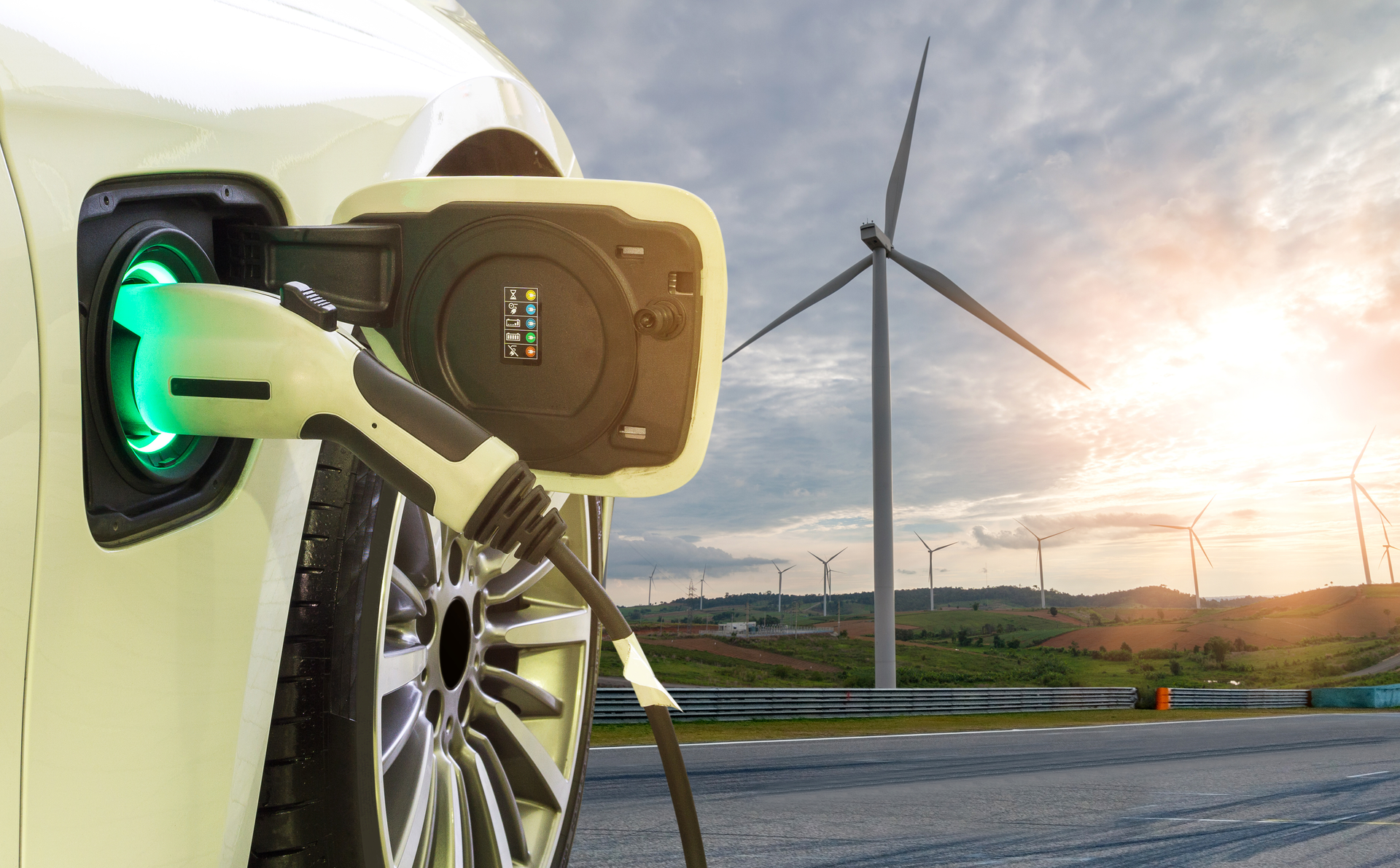Making The EV Revolution Inclusive
The Critical Gap in Accessibility for Persons with Disabilities
Philip Francis Anderson, Activist and Podcast Host, campaigning for change.
As the UK accelerates towards an electric vehicle (EV) future, there's a pressing concern that the journey isn't as smooth for everyone, particularly for persons with disabilities. Recent data from Vauxhall reveals a stark accessibility gap in the availability of on-street EV chargers adapted for persons with disabilities. This revelation raises significant questions about inclusivity in the nation's green transition, highlighting the urgent need for a more equitable approach to infrastructure development.
The Accessibility Shortfall
According to Vauxhall’s research, based on Freedom of Information requests to UK councils, only 2.3% of on-street EV chargers are adapted for persons with disabilities. Out of the 19,456 on-street chargers installed across the country, a mere 450 have been specifically modified to accommodate persons with disabilities. Even more concerning is that only 105 chargers are located in designated disabled parking bays, and just 238 meet the British Standards Institution's PAS 1899:2022 guidelines for accessibility.
These figures expose a critical oversight in the UK's push towards EVs. As we edge closer to the 2030 ban on new petrol and diesel cars, ensuring that the infrastructure supports all drivers, including persons with disabilities, is not just a nicety—it's a necessity.

The Broader Implications
The issue goes beyond just numbers; it speaks to a broader challenge of accessibility and inclusivity in our public spaces. With 40% of UK households lacking off-street parking, on-street chargers play a crucial role in the EV transition. However, without significant improvements in their design and placement, many persons with disabilities could find themselves excluded from the benefits of owning an EV.
This shortfall in accessible infrastructure not only affects the day-to-day convenience of persons with disabilities but also impacts their ability to contribute to and benefit from the green economy. Persons with disabilities, like all citizens, have a stake in the move towards cleaner transportation options and should not be sidelined by inadequate infrastructure planning.

Why Accessibility Matters
Addressing the accessibility gap is crucial for several reasons:
Equality and Inclusivity
All drivers should have equal access to EV charging facilities, regardless of their physical abilities. Ensuring accessible charging points promotes inclusivity and prevents discrimination.
Compliance with Standards
Meeting the PAS 1899:2022 guidelines is not just about ticking boxes; it's about setting a standard for inclusive design that can serve as a benchmark for future infrastructure projects.
Encouraging EV Adoption
By making EV charging more accessible, we encourage a broader demographic to switch to electric vehicles, thereby supporting the overall goals of reducing emissions and combating climate change.

The Path Forward
To bridge this gap, there needs to be a concerted effort from local authorities, policymakers, and the private sector. Here are a few steps that can help address this issue:
Increase Funding for Accessible Chargers
Local councils should allocate specific funding to install more accessible EV chargers. This includes adapting existing ones and ensuring new installations meet accessibility standards.
Collaborate with Disability Advocacy Groups
Engaging with organisations that represent persons with disabilities can provide valuable insights into the practical needs and challenges faced by this community. This collaboration can help design solutions that are truly effective.
Promote Standards and Best Practices
The adoption of the PAS 1899:2022 guidelines should be mandatory for all new on-street charger installations. Additionally, sharing best practices across councils can help ensure a consistent approach to accessibility nationwide.
Innovate with Technology
Exploring new technologies, such as wireless charging or user-friendly interfaces, can further enhance the accessibility of EV charging infrastructure.

Conclusion
The move towards electric vehicles is a pivotal moment in the UK's environmental strategy, but it must be a journey that includes everyone. The current accessibility gap in EV charging infrastructure is a significant barrier that needs immediate attention. By taking proactive steps to address these issues, we can ensure that persons with disabilities are not left behind in the green transition.
As an activist and podcast host, I believe that conversations around this topic are essential. We must continue to advocate for inclusive design in all aspects of our infrastructure to build a future that is not only greener but also fairer and more accessible for all.
Let's push for a world where accessibility is not an afterthought but a fundamental aspect of our progress towards a more sustainable future. The EV revolution should drive us all forward together, ensuring that no one is left at the side of the road.

Comments Welcome!
To leave a general comment, feedback about a post, or even recommendations for a topic to cover, please just fill out this form. For those who would prefer to send their comment in using audio, there is the additional option to upload an audio file.
Contact Us
In line with GDPR, only complete this form if you are happy for me to use your answers for the purposes of processing of your request and in all
corresponding communications thereafter. Read my Privacy Policy for more information on how I manage your personal data. This contact form is also protected by reCAPTCHA, a Google system. Google's Privacy Policy and Terms of Service apply and are available to read when using the reCAPTCHA tool.

